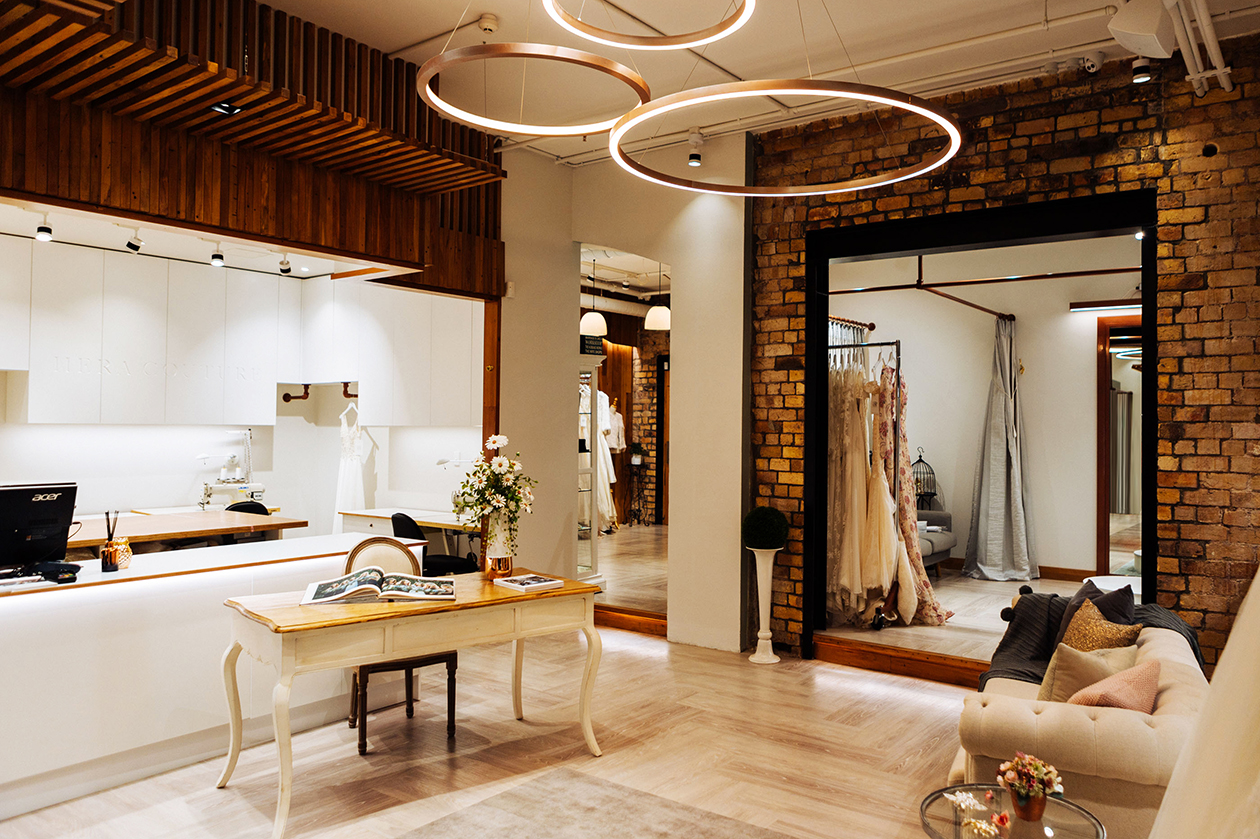Within the dynamic world of the retail industry, establishing a setting that not only invites customers in but also enhances their interaction is vital. This is where the concept of a retail space design comes into play. Retail Fit Out Kent -out is the process of designing and constructing a tangible environment that mirrors your brand's identity while meeting operational needs. It's a pivotal aspect of the retail sector that can profoundly affect sales, customer interaction, and overall business achievement.
Harmonizing aesthetics and functionality is key to an impactful retail fit-out. While attractive design elements can attract shoppers, functional layouts and optimal use of space ensure that merchandise are within reach and journeys are satisfying. This article will explore the significance of retail fit-outs, provide a detailed guide to the process, and review current developments and strategies for establishing a retail atmosphere that connects with customers and supports business goals. Whether you're a seasoned retailer or just starting out, understanding the intricacies of retail fit-outs can lead to a thriving business.
Comprehending Retail Fit-Outs and The Significance

Commercial fit-outs denote the process of structuring and setting up a retail space to successfully showcase products meanwhile establishing an welcoming atmosphere for shoppers. This process includes everything from arrangement and styling to selecting materials and finishes that correspond with both the company identity and the operational requirements of the business. A well-executed retail fit-out improves the shopping experience, which can significantly impact customer behavior and contentment.
The significance of a commercial fit-out cannot be overstated. It is a vital asset that directly affects the image of your brand and the efficacy of your business functions. A carefully planned space not only attracts customers but also inspires them to invest more time and money in-store. When clients are at ease and engaged, they are more prone to make a purchase, which consequently drives sales and encourages brand loyalty.
Furthermore, a retail fit-out functions as a mirror of modern trends and market trends. Keeping up to speed with the newest design aspects, such as innovative use of technology and green practices, can distinguish a brand apart from its rivals. A contemporary and inviting fit-out can draw in new clients while keeping existing ones, making it an crucial component of a profitable retail strategy.
Essential Steps in the Process of Retail Fit-Out
The retail fit-out process begins with thorough design and design. This phase includes comprehending the identity of the brand and intended audience, which allows for the creation of a space that resonates with prospective customers. Collaborating with creative professionals and architects can assist translate your vision into practical layouts while guaranteeing compliance with legal requirements. This initial step is crucial as it establishes the basis for both visual appeal and practical use, making sure that the layout is not only visually appealing but also supportive to an engaging shopping experience.
Once the layout is completed, the implementation phase begins. This phase entails working together with contractors and vendors to bring the blueprints to life. It is important to set a clear timeline and budget at this point to handle expectations and avoid pitfalls. Communication is key, as regular updates from contractors help the project stays on track. By being actively involved and participating during this phase, business owners can make adjustments quickly, matching the fit-out with their original vision.
The final step is assessing and modification. After the fit-out is complete, it’s important to evaluate the success of the layout in achieving desired outcomes, such as interaction with customers and increase in sales. Gathering feedback from clients and employees can provide insights on what works and what may need to be enhanced. This post-implementation phase involves making needed adjustments based on practical function, ensuring that the retail space remains to adapt and meet business objectives.
Sustainable and Innovative Trends in Retail Fit-Out Design
As the shopping environment continues to transform, sustainability has become a top concern for businesses looking to create spaces that resonate with sustainable consumers. Innovative materials such as upcycled timber, sustainable metal, and eco-friendly fabrics are increasingly featured in store designs, allowing companies to lower their carbon footprint while enhancing visual appeal. Furthermore, including nature-inspired elements—such as plant life and sunlight—helps create a more enjoyable shopping environment, enhancing customer happiness and involvement.
Tech innovations are also transforming retail fit-out designs, offering intelligent designs that improve both practicality and customer interaction. Retailers are harnessing state-of-the-art technology like virtual reality and engaging visuals to create captivating shopping experiences that captivate consumers. Additionally, responsive lighting that change based on ambient light and foot traffic not only enhance the shopping experience but also greatly reduce utility expenses, aligning with eco-friendly objectives.
Another trend gaining traction is the use of modular and flexible fit-out designs, which allow retailers to adapt spaces easily as customer needs evolve. This approach not only supports a more responsive business strategy but also encourages smart space utilization, making the most out of smaller retail footprints. As brands face the transforming landscape, these green and forward-thinking trends will play a significant role in shaping the evolution of commercial interiors.
